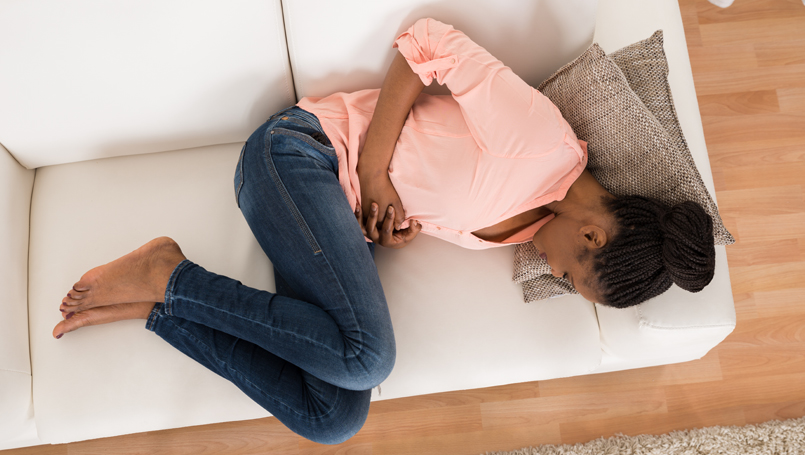
Endometriosis is a scary disorder.
It’s a painful condition that occurs when tissue that normally lines the inside of the uterus - called the endometrium - grows outside the uterus and forms islands of tissue that become hormonally active and bleeds, sometimes with no way to leave the body. It causes worse-than-normal menstrual pain and can lead to infertility in some cases.
It’s a chronic disease. And treatment can involve anything from continuous birth-control pills or pharmaceutical drugs that shut down the ovarian functions, to the removal of the uterus and ovaries altogether in worse case scenarios.
Because it’s difficult to accurately diagnose, the condition is wildly over-diagnosed, says Salil Khandwala, M.D., director of urogynecology at Beaumont Hospital, Wayne.
“In gynecology, the main thing we have to remember is that, is this truly endometriosis or something else?” Dr. Khandwala poses. “Even though the symptoms and signs may be suggestive of endometriosis, this is a very grave condition to be labeled for a patient."
Symptoms of endometriosis include severe pelvic pain, fertility problems, excessive bleeding and pain during intercourse, bowel movements and urination. But even if you’re having those symptoms, it doesn’t necessarily mean you have endometriosis, Dr. Khandwala assures.
More likely, it’s being caused by one of the following conditions:
- Dysmenorrhea. Common in young women, dysmenorrhea is a term for pain or cramps with menstruation caused by uterine contractions. There are two types: primary dysmenorrhea, which isn’t tied to any underlying disease; and secondary dysmenorrhea, which is caused by any number of disorders in the reproductive organs, including endometriosis.
- Fibroids, which are benign, non-cancerous tumors formed from the muscle and connective tissue from the uterine wall.
- Pelvic inflammatory disease, an infection of the female reproductive organs usually caused when bacteria is spread during sexual intercourse.
- Adenomyosis, a thickening of the uterus that occurs when endometrial tissue moves into the outer walls of the uterus. It usually occurs in women over the age of 30, but rarely in women who haven’t carried a pregnancy to term.
So, how do doctors distinguish between these disorders and endometriosis? Dr. Khandwala says the only way to accurately make a diagnosis is through extensive testing involving a laparascopy, a biopsy or removal of part of the cystic wall, then testing by a pathologist.
“There are so many steps,” he says. “It’s impossible to make this diagnosis clinically. You may suspect it, but you cannot really make a diagnosis, and we as gynecologists should refrain from even mentioning that word until we are absolutely certain.”
